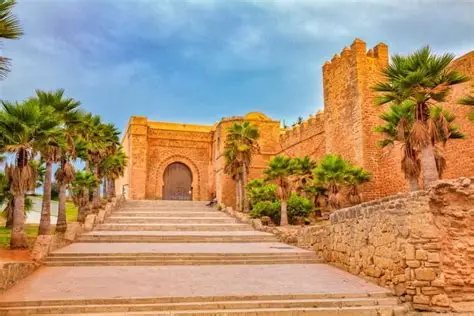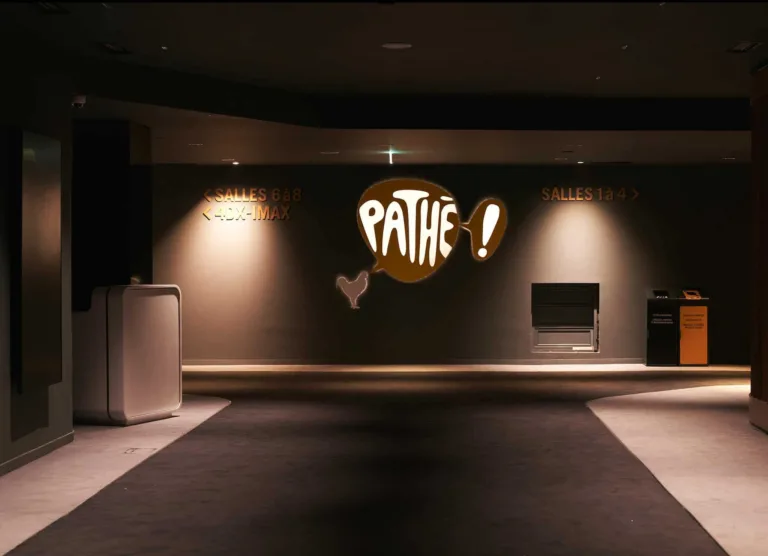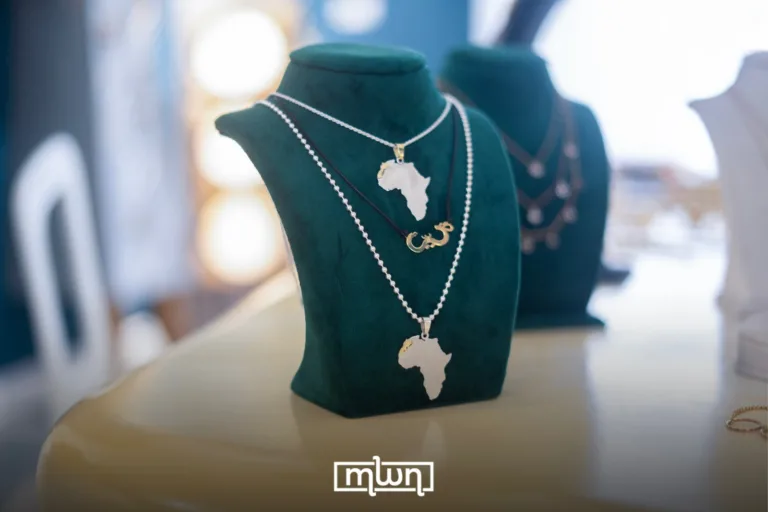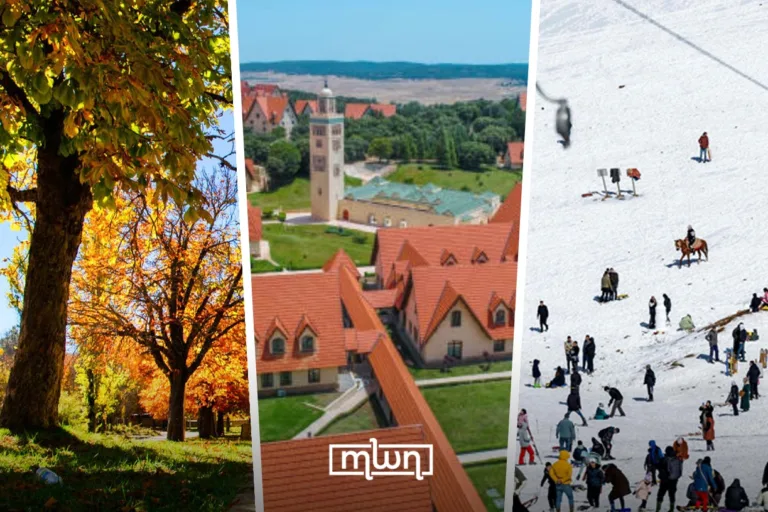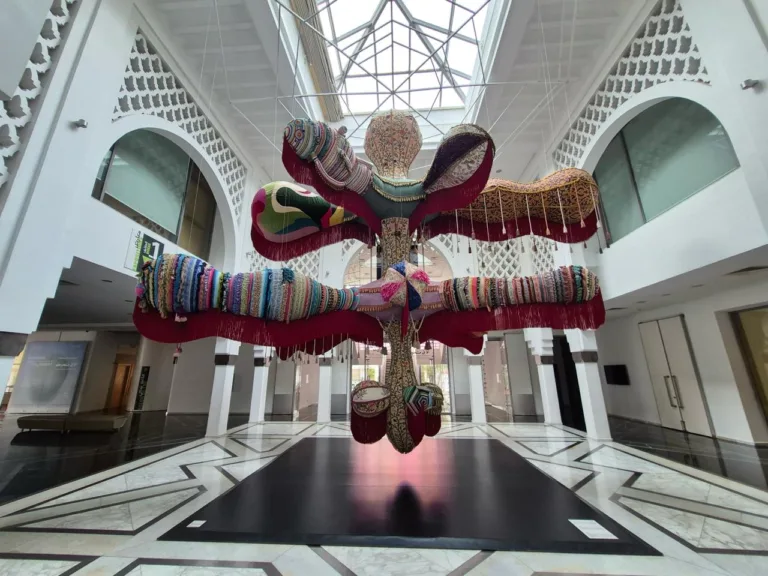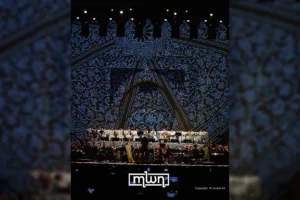Building the Kasbah of Udayas
It was in the middle of the 12th century that the Almohad leader Abd al-Mu’min launched construction for a military base, which served as a strategic position for defence and an observation point. The base looked over the Atlantic and the river of Bouregreg, in the city of “Ribat,” the evident name that inspired modern-day “Rabat.”
Near the end of the 12th century, the second successor and grandson of Abd-al-Mumin, Yaaqub al-Mansur, took it upon himself to continue the legacy of his grandfather by expanding the military base into the developed capital of the Almohads, making it the imperial center of the dynasty. He named the fortress “Ribat al-Fath” (the “Ribat of Victory”) or “El Mehdia.”
The addition of the iconic grand gate of Udayas
The majestic gate of Udayas is the main attraction of the fortress, drawing visitors from around the globe to this day. The intricately built gate served mainly as a cultural symbol as it showcases the distinguishable features of Islamic and North African architecture, like the horseshoe-shaped gates and Arabic calligraphy. The gate also served as a symbol of strength for the Almohads, adding to their militant capabilities to confront any intruder.
Why Udayas?
In the beginning of the 17th century, under the dynasty of the Saadiyines, a refugee Muslim tribe — known as the Udayas — was expelled from the Andalus. They took over the fortress, inspiring a new name: Qasbah of Udayas.
Kasbah of Udayas today
As you approach the great gate of Udayas, you will find an even smaller gate leading you to the mystical and narrow alleys known for the eye-catching white and blue houses, similar to the vivid vibe of the city of Chefchaouen. The houses were built by the various inhabitants of the area throughout the centuries, and the white and blue painting of the houses inside the Udayas was added only recently during the French protectorate at the beginning of the 20th century.
The Kasbah of Udayas represents the tales of each generation that inhabited it, from the Almohad to the Alaouites of today. The fortress that was built almost a thousand years ago still stands, and its walls bear witness to its builders and to the families who have inhabited it through the centuries.

